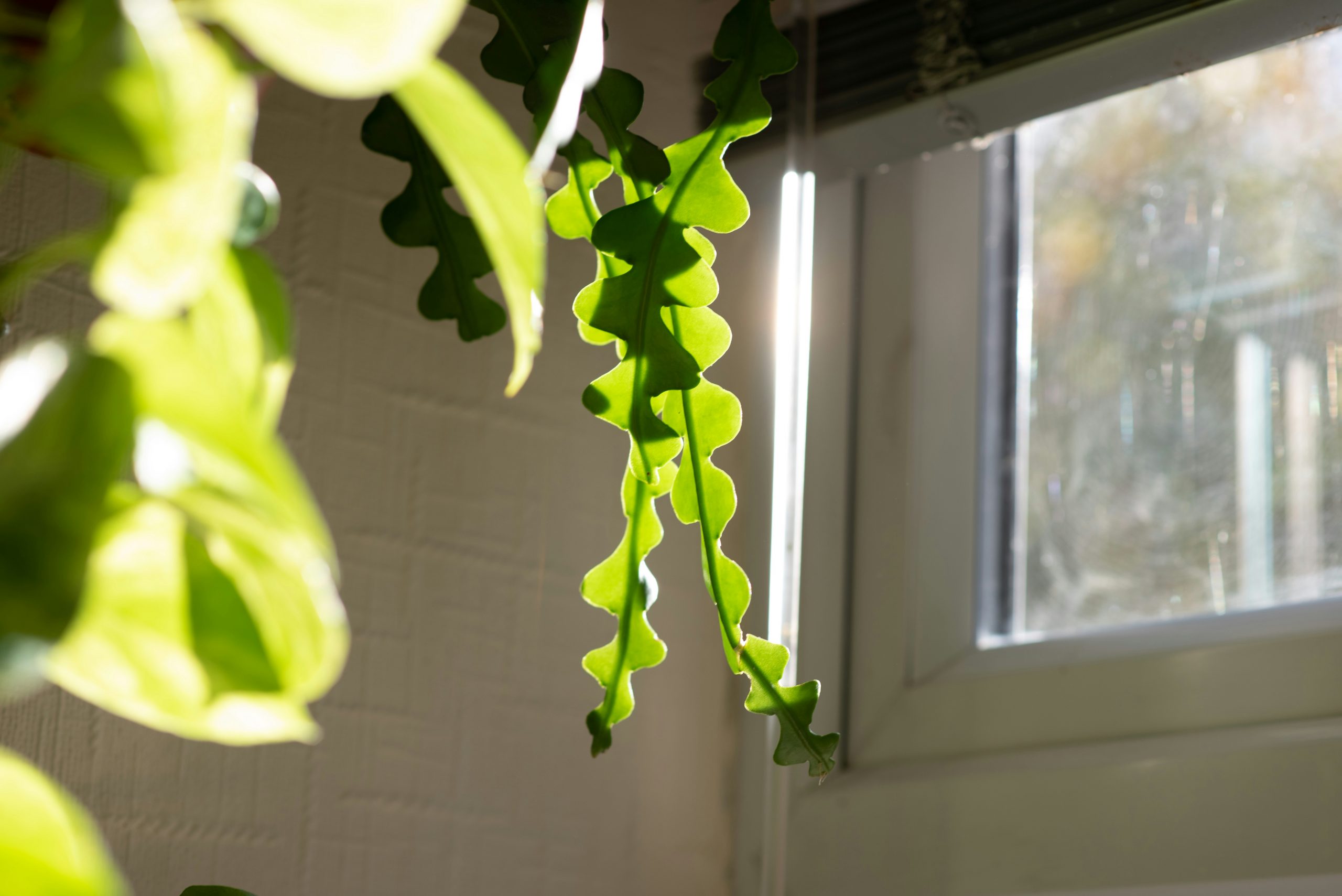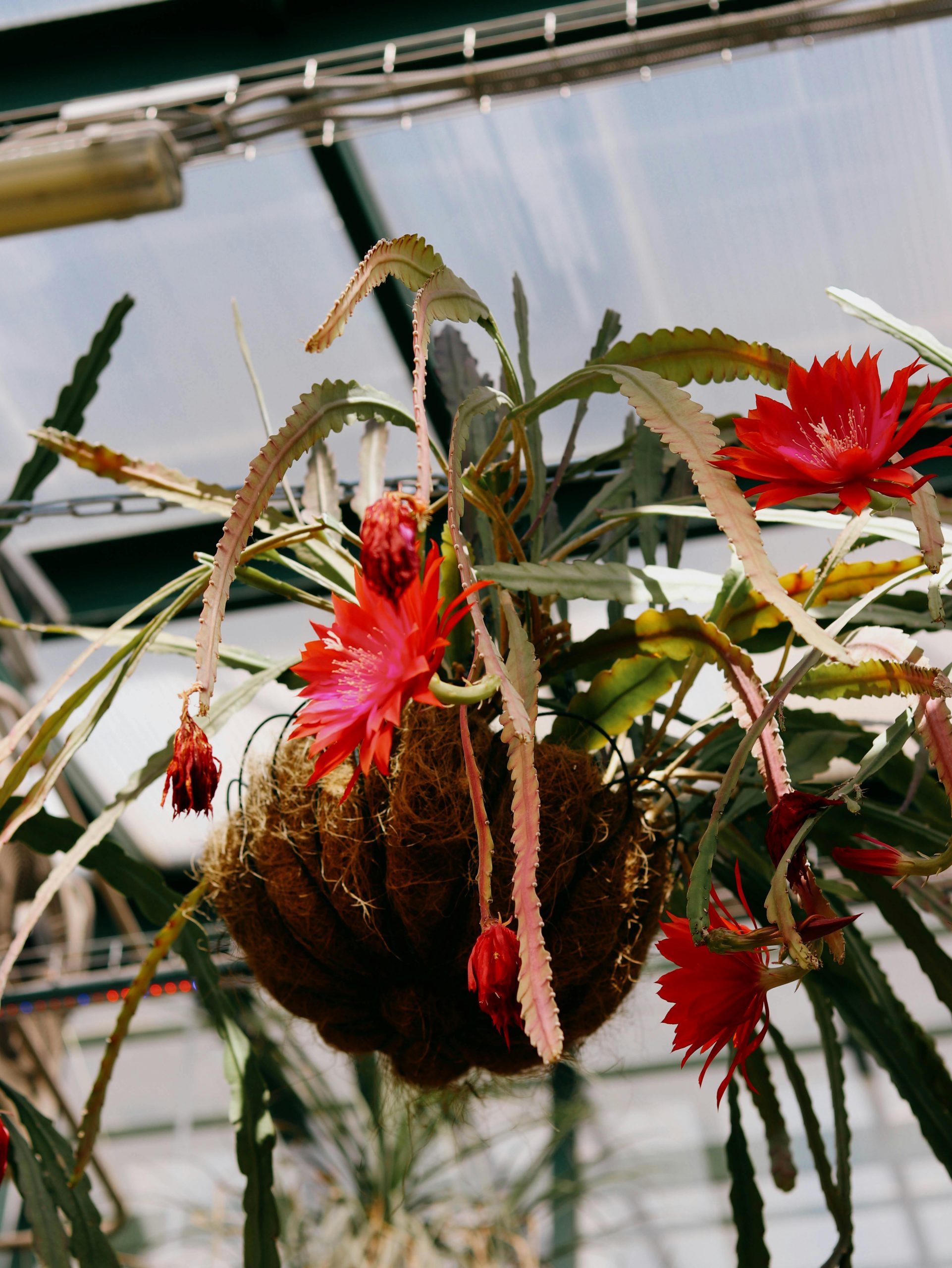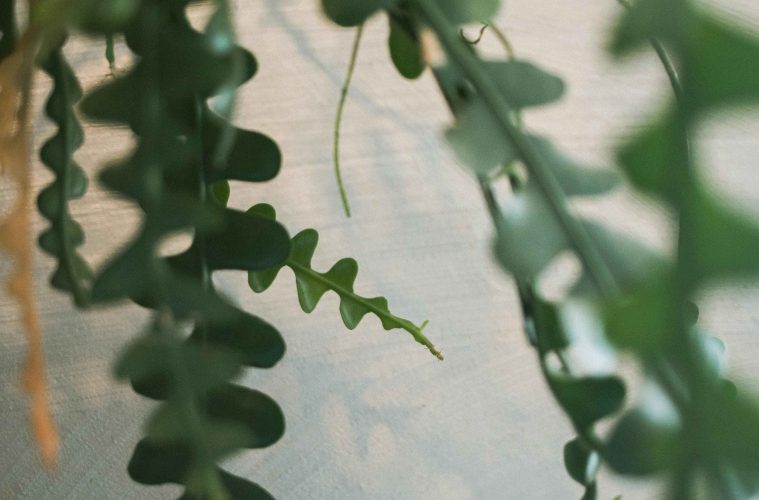These fishbone cacti aren’t the average normal cactus. These tropical, epiphytic plants are the perfect plants for gardeners who don’t have the right conditions to help a desert cactus thrive.
The fishbone cactus is primarily cultivated for its uniquely shaped leaves, and it looks best when displayed in a hanging pot or planter.
Growing the fishbone cactus plants
Fishbone succulent cactus are warm-weather-loving plants; they don’t tolerate frost. These cactus plants can be easily grown if you live in a warm or tropical climate, where the outdoor temperatures are warm year-round. In some locations where temperatures drop, they can be grown as a houseplant. Grown on pot plants or hanging baskets. Although warm-loving plants, when growing fishbone cacti as a houseplant, avoid placing them in direct sunlight.
If the sun is too strong and the leaves receive too much sunlight, they will bleach and become pale in colour. Opt for semi-bright indirect light for a few hours in the day. When grown in their natural habitat, fishbone cacti are epiphytic plants that typically anchor themselves in the crooks of tree branches instead of growing in soil. However, when cultivated at home, these cacti thrive in a standard potting mix. It’s important to use soil that retains moisture for a longer period to ensure their health.

Image Credit: Pexels
Fishbone cactus care
The care requirements for the fishbone cacti are simple and low maintenance. The fishbone cactus grows as an understory plant that receives indirect light in its natural environment. With the right soil and lighting, the plant thrives well enough. On top of managing the soil and light requirements, water is another factor you should take note of.
It is important to avoid watering the fishbone cactus with cold water as this can shock the roots. Fishbone cacti are also sensitive to chemicals in regular tap water; it is useful to use distilled water. Since they are warm-loving plants, your fishbone cactus will continue to thrive in warm, humid conditions.

Image Credit: Pexels
ALSO SEE: THINGS YOU MUST KNOW ABOUT YOUR SNAKE PLANTS
Feature Image: Pexels

